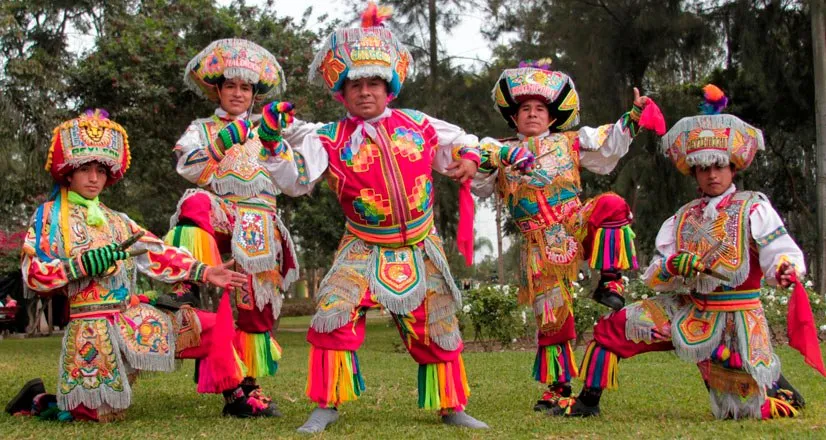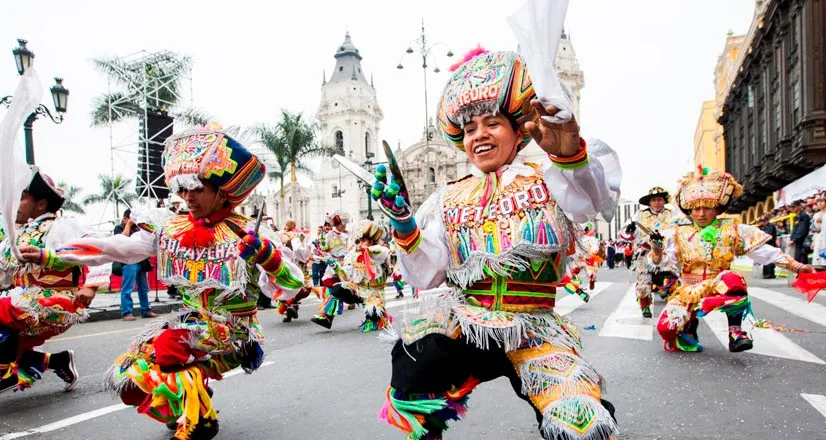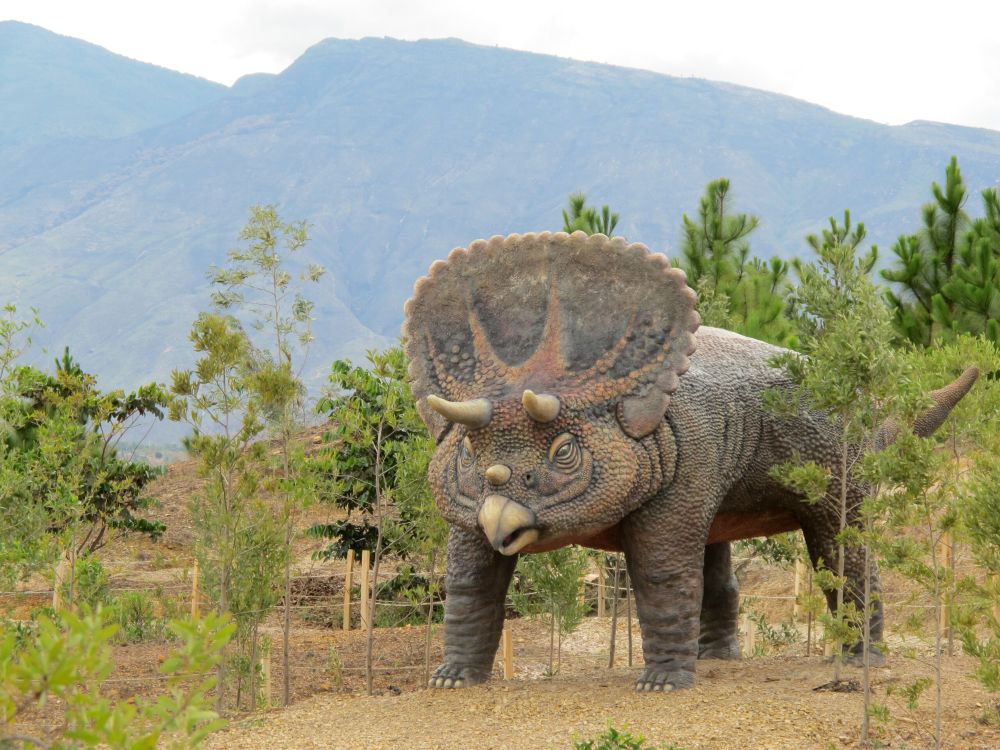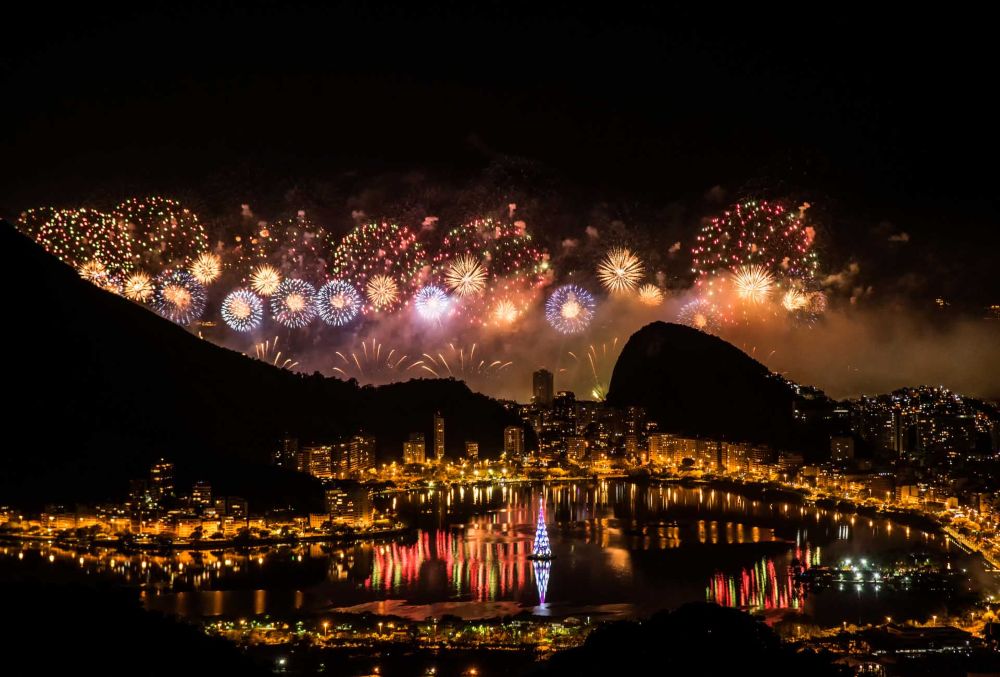When we think of a “dance battle,” perhaps the iconic opening scene of West Side Story comes to mind, where the Jets and the Sharks express their rivalry through movement. Yet long before that cinematic choreography, a different kind of danced duel was already thriving in the highlands of Peru: the Danza de las Tijeras, or Scissors Dance, also known as danzaq.
Born in the Andes, this dance is far more than a spectacular showdown, it is a test of endurance, agility, and devotion. It challenges the body while honoring ancestral knowledge and expressing a deep connection to the land.
A Dance from the Distant Past
Its origins date back to pre-Hispanic times, among the Chanka people, where it was performed during agricultural festivals in honor of Pachamama, or Mother Earth. Back then, the dancers were known as tusuq laykas: hybrid figures blending the roles of priests and healers, capable of foretelling the future and communicating with spirits.
When the Spanish arrived, the tradition did not disappear — it transformed. Dancers agreed to perform during Christian festivities, while preserving the core of their spiritual identity.
Depending on the Andean region, this ritual dance went by different names: danzaq in Ayacucho, saqras in Apurímac, and gala in Huancavelica. The term “Scissors Dance” only became widespread in 1962, with the publication of La agonía de Rasu Ñiti by writer José María Arguedas. Since then, the name has remained tied to this artistic expression, referencing its central instrument: two metal blades that, struck together, create a distinctive sound. These pieces — similar to scissors without a pivot — mark the rhythm of a dance that is as technical as it is spiritual: a living heritage of Peru.
A Duel of Endurance
This is not a performance — it’s a feat of survival. Duels, known as atipanakuy, can last for hours. Two groups face off in a choreographed challenge where each movement aims to outdo the last. Agility, strength, creativity, and both physical and mental endurance are put to the test. There’s no jury: the rule is simple — hold on, go further, and surpass the limit.
The metallic clang of the scissors becomes hypnotic, accompanying the harp and violin, marking each phase of a dance that is both codified and free:
- March: a salute to the public and homage to the patron saint
- Repetition: the beginning of the confrontation
- Pukllas: the scissors take center stage
- Tuku Menor: fast, often improvised steps
- Tuku Mayor: acrobatic figures and physical challenges
- Wañuy Unccuy: solemn hat removal gesture
- Golpes: demonstration of technical virtuosity and rhythmic control
- Agua e Nieve: ritual provocation toward the opponent
- Choladas: competition climax until one gives up
- Test of Courage: walking on glass or playing with fire
- Test of Blood: ultimate act of sacrifice and spiritual power
An Art of Costume, Ritual, and Identity
The dancer’s outfit is impossible to ignore — a true work of textile art: jackets embroidered with golden and silver threads, shimmering mirrors, and fringes that come alive with every movement. Crowned with elaborately decorated hats, the danzaq commands attention.

But this is more than festive attire. It symbolizes power and spiritual connection. According to local beliefs, danzaq are not allowed to enter churches — their strength is said to come from sacred pacts, not always aligned with Christian doctrine. This tension between sacred and profane, indigenous and Western, forms the very core of this dance, which embodies the Andean duality: a harmonious rivalry between opposing forces.
A Living Heritage
Declared a National Cultural Heritage of Peru in 1995 and inscribed on UNESCO’s Representative List of the Intangible Cultural Heritage of Humanity in 2010, the Scissors Dance remains vibrantly alive. It is passed down from master to apprentice, from celebration to competition, from one breath to the next.
You can witness it in Huancavelica, the cradle of the genre, as well as in Ayacucho and Apurímac during patron saint festivals and carnivals. Each performance is unique, shaped by the dancer. But they all share one thing: a raw intensity, a sacred dialogue between heaven and earth.
The Scissors Dance is not just seen, it is felt. Through awe, respect, and the shivers sparked by each gravity-defying leap, it connects us to a story passed down through generations. And perhaps, it’s one more reason to set your sights on Peru to witness firsthand the enduring power of traditions that don’t just survive, but continue to evolve in the present moment.
Photos: Rafael Cornejo | PromPeru







